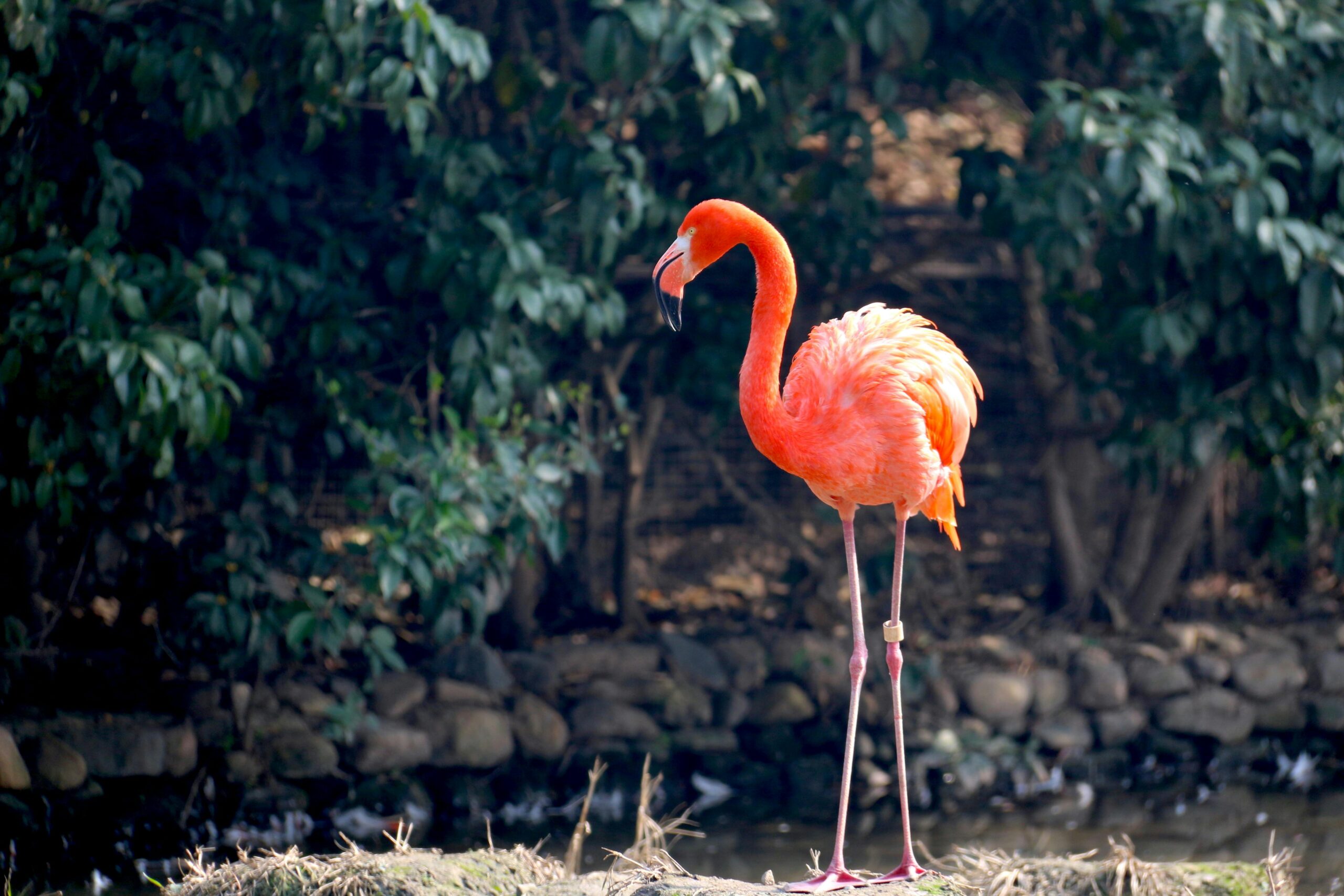(image credit: by Len)
Flamingos are famous for their stunning pink color—but they aren’t born that way! Discover how the pigments in their diet transform these birds from gray chicks to icons of rosy elegance, and what this teaches us about the surprising power of pigments in nature.
The Secret Behind the Flamingo’s Pink Glow
When you picture a flamingo, you probably imagine a bird standing gracefully on one leg, radiating a soft pink or coral hue. But here’s the catch—flamingos are not naturally pink. In fact, baby flamingos hatch with grayish-white feathers. Their transformation into pink wonders is a direct result of what they eat, thanks to powerful natural compounds called pigments.
What Are Pigments?
Pigments are molecules that absorb certain wavelengths of light and reflect others, which gives them their vibrant color. In the animal kingdom, pigments play a critical role in camouflage, mating displays, UV protection, and more.
Flamingos, in particular, rely on carotenoids, a group of naturally occurring pigments found in algae and tiny crustaceans like shrimp. These same pigments are responsible for the orange of carrots, the red of tomatoes, and the golden yellow of egg yolks.
Carotenoids: The Color in the Cuisine
Flamingos feed on a diet rich in blue-green algae, brine shrimp, and other microscopic organisms that thrive in salty lagoons and wetlands. These foods contain carotenoids such as astaxanthin and canthaxanthin. Once consumed, the carotenoids are broken down in the flamingo’s liver and deposited in the skin, beak, and feathers, turning them gradually from gray to pink.
This is why flamingos in zoos or captivity may be fed specially formulated food to maintain their color. Without a diet rich in these pigments, their feathers can fade to pale or white tones.
More Than Just Pretty in Pink
This color transformation serves more than just aesthetic purposes. A flamingo’s vivid hue is often a sign of health and vitality, playing a key role in attracting mates. In some ways, flamingos “wear” their nutrition on their feathers—the pinker they are, the better their chances in the dating game.
Interestingly, this concept of color through diet is not unique to flamingos. Salmon, lobsters, and even some birds like canaries undergo similar changes based on carotenoid intake.
Nature’s Palette: A Lesson in Pigments
The flamingo’s story is a beautiful reminder of how pigments in nature aren’t just about decoration—they are deeply tied to biology, behavior, and even survival. From the coral reefs to rainforest birds, the colors we admire often trace back to something as simple and powerful as what’s for dinner.
So next time you see a flamingo, remember: they are pink because they eat like it matters. And in the natural world, it always does.


